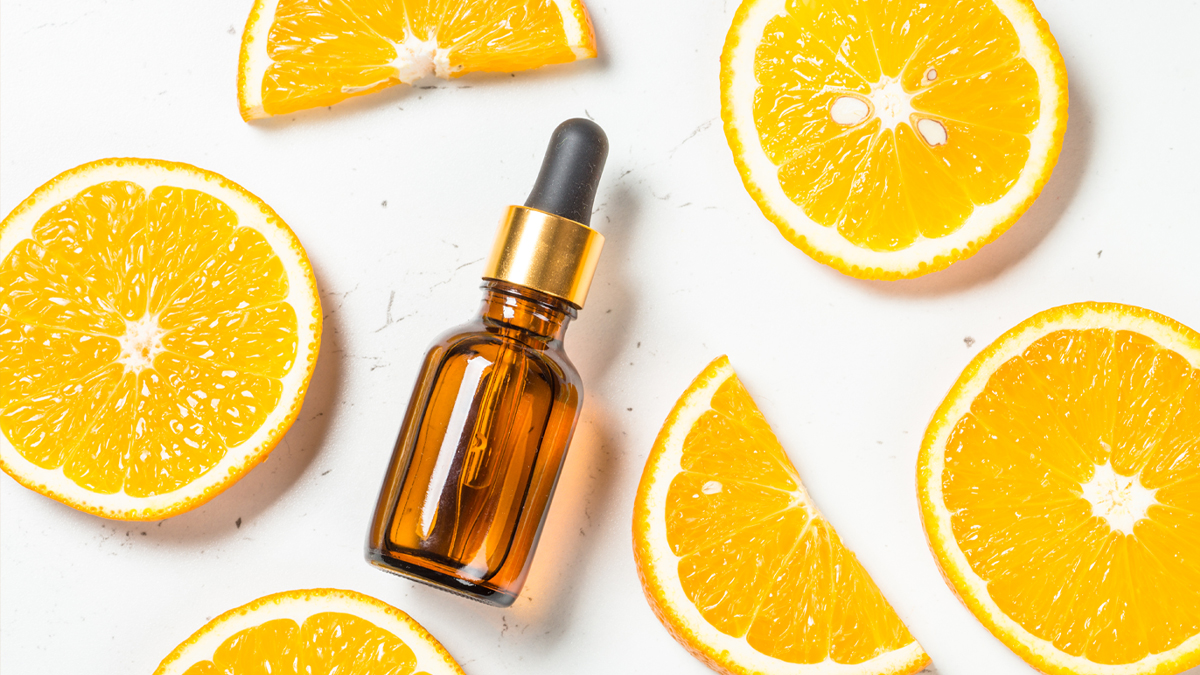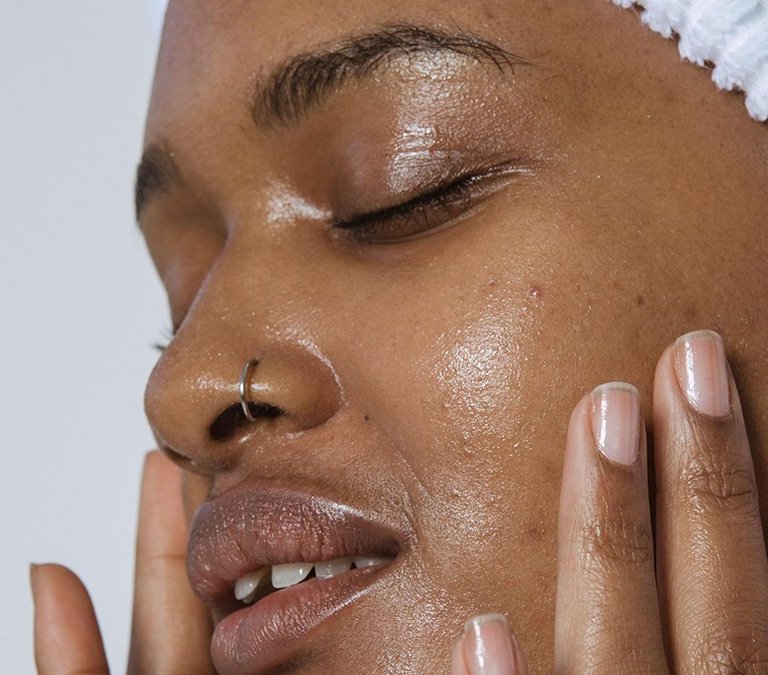
Vitamin C is one of the buzziest and most expert-recommended ingredients in skincare today. It’s a powerful antioxidant that stimulates collagen synthesis, gives protection against UV-induced skin damage, and helps reduce the appearance of dark spots.
[SEE ALSO: 3 Vitamin A-Rich Dishes For Clearer Skin]
Considering all of its skin health wonders, you would think that all the Vitamin C serums available on the market are good options, but nothing could be further from the truth.
Finding a product that is worth your money and fits your skin type can be challenging. Luckily, cosmetic chemists are happy to share their knowledge on how to buy a good Vitamin C product and put it to use next time we’re in the market for a serum.
So, here are 5 things you should consider when buying one.
Concentration
Studies have shown that Vitamin C needs to have a concentration higher than 8% to have an effect on your skin cells. Moreover, a concentration over 20% doesn’t show more benefits than lower concentrations and might cause some irritation. Thus, the optimal concentration must be between the range of 10-20%. If the concentration is not already stated on the product, you can always check the ingredients list. Make sure Vitamin C (aka ascorbic acid) is listed within the first three or four ingredients to ensure the product has a high and effective concentration.
Color
Vitamin C is a highly unstable molecule and is sensitive to pretty much everything (air, temperature, and light), changing to an orange-brown color when is oxidized. There are some serums out there that start out with darker shades of orange. If that’s the case, you won’t notice when your serum has oxidized and needs to be thrown it away. So, look for a Vitamin C serum with a very light orange color and make sure this doesn’t change with time.
Packaging
Your Vitamin C serum must have good packaging that prevents the contact of the ingredient with air, light, and humidity. Try to choose products with a dark, opaque bottle to limit exposure to light. Additionally, air-tight pumps that protect the product against air and humidity are preferred over droppers or screw-top jars. Also, don’t keep your Vitamin C serum in the bathroom, instead store it in a cool, dry, and dark place.
Type of Vitamin C
If you are new to Vitamin C or are prone to irritation, you may find that your skin is reactive when it’s introduced to your routine. Start with low concentrations until your skin gets used to it. If that’s still too much, look for Vitamin C derivatives such as sodium ascorbyl phosphate, magnesium ascorbyl phosphate, ascorbyl glucoside, tetrahexyldecyl ascorbate, and 3-O-ethyl ascorbic acid. While less effective, these derivatives are more stable and less likely to cause a skin reaction.
Other Ingredients On The Label
Another great tip is to check if the formula has more antioxidants such as ferulic acid and tocopherol (Vitamin E). The combination of both ingredients improves the stability of Vitamin C and doubles the protection that the product offers to your skin against UV damage.
Don’t worry if these ingredients don’t appear right next to Vitamin C in the ingredient list. Most likely, ferulic acid and tocopherol will appear at the bottom of the list, as they are still effective at very low concentrations such as 0.5 to 1 %.
Bonus tip: Apply your vitamin C serum each morning before applying your sunscreen. This combination will synergistically boost your sunscreen’s effectiveness in protecting your skin



